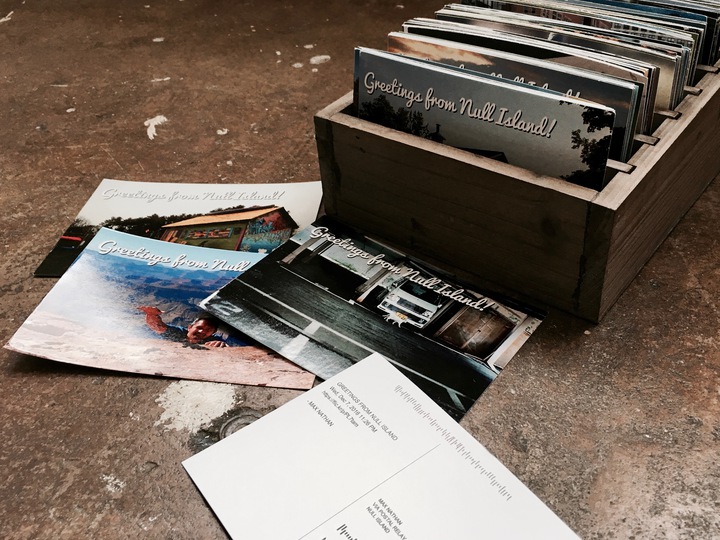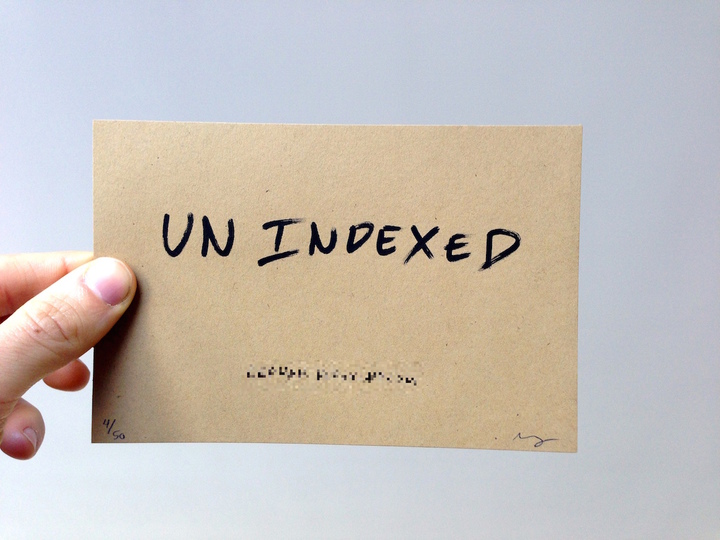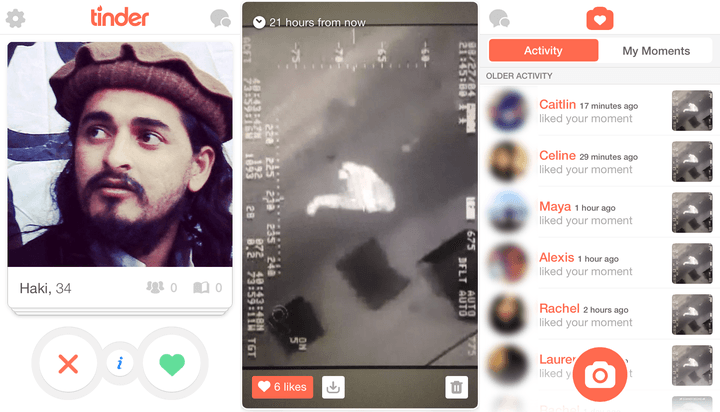
Postcards from Null Island 2016
Null Island is a place lost in-between the invisible boundaries of computer code.
The distinction between zero (the value of absolute nothing) and null (the absence of value itself) is a subtle concept for humans. For computers, this distinction is quite important, yet fraught with even more difficulty and peril—leading to an entire category of software bugs.
As a result of this phenomena, most large databases of geotagged photos contain a cluster of “lost” user data at latitude-longitude coordinates 0.0°, 0.0° – discoverable if plotted on a map a few hundred of miles off-shore in the Gulf of Guinea. Unbeknownst to the users of their systems, the periodic and rare occurrence of this bug may relocate their uploads there. Engineers working on GIS systems aware of this phenomena have affectionately termed this location “Null Island.”
For years I have been enamored with the notion of these lost photos, of people’s unknowing and accidental travels binding them together to this unreal yet physical space, and in making visible the hidden connections.
What sort of place is Null Island? Who has visited there, and what experiences have (unknowingly) bound them together?
Postcards From Null Island is autonomous and unmonitored software that continuously trawls Flickr and Instagram, looking for any new photos that have been uploaded from Null Island. Whenever they are located, a physical postcard is printed and mailed to me, so that I periodically receive mementos from people’s unknown and undiscovered travels to this mythical land.
For one year, these postcards arrived, and slowly began to tell a story.



